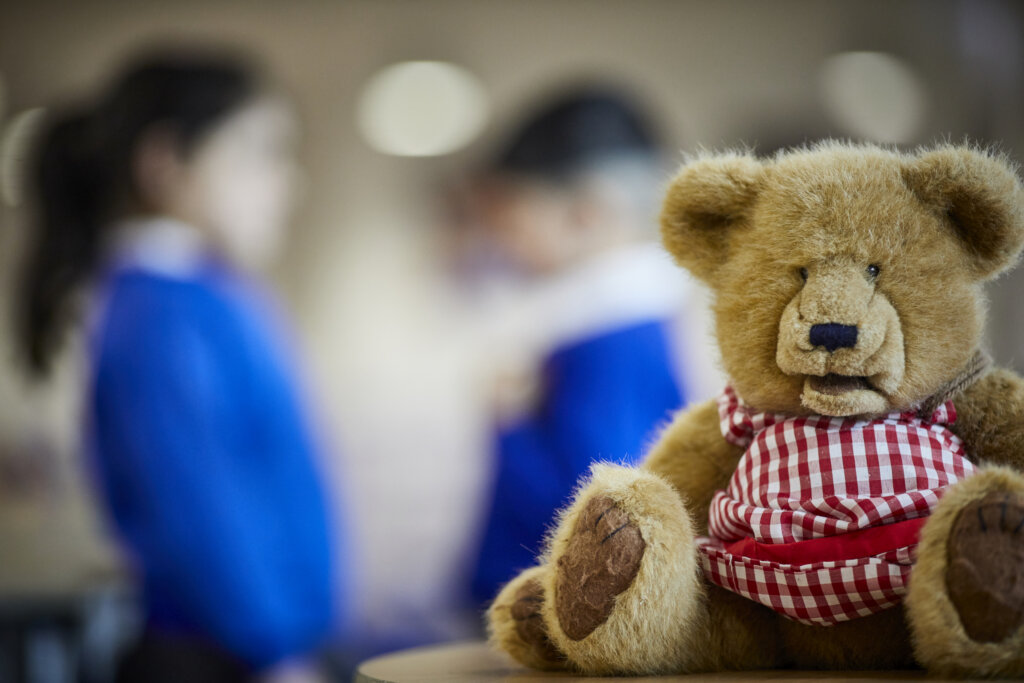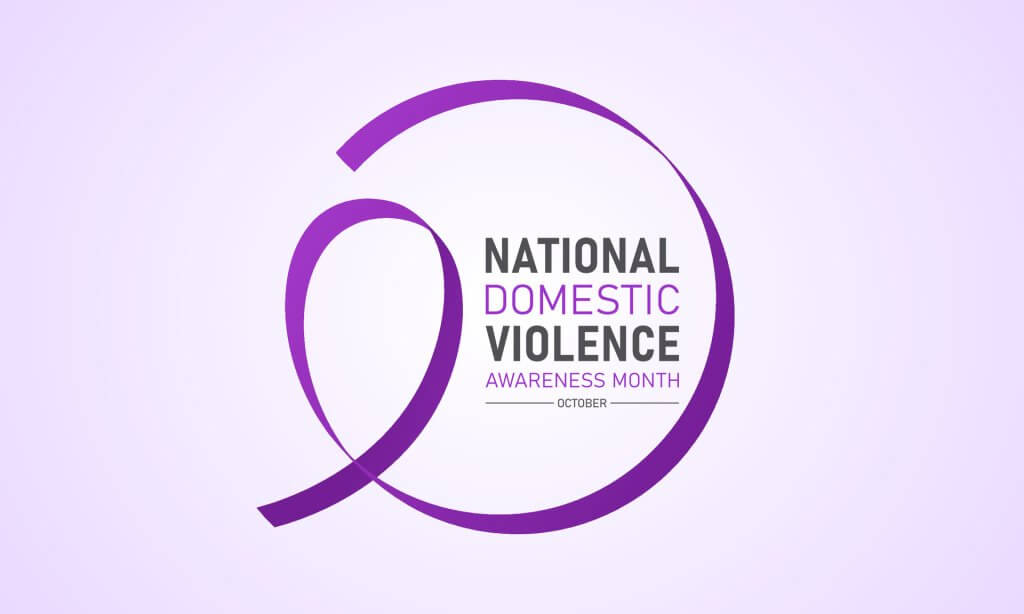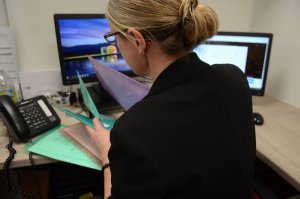October is Domestic Abuse Awareness month, and with national statistics suggesting that over 2.1 million people over the aged of 16 were victims of domestic abuse in the year ending March 2023, there needs to be a better focus on prevention and education.
How do we educate and support?
Working in schools we are aware of what domestic abuse is, but I wonder how much time we take to think about how much this impacts our children. Do we really know how we best support someone to leave an abusive partner safely and what ongoing support the children and non-abusive parent may need? Do we know how to support our children who live in an abusive household?
Domestic abuse is more common than we think. Women’s Aid tells us a woman is killed every four days in England and Wales by her current or ex-partner. With the exception of controlling and coercive behaviour, domestic abuse wasn’t recorded as a specific criminal offensive until the Domestic Abuse Act 2021 was enacted. Crimes were recorded under the respective offences which had been committed, for example assault, so looking at the true figures can be difficult. A report from HMICFRS explains how difficult it is to understand the true prevalence of domestic abuse. The report outlines that in an average 24-hour period there around 3,100 domestic abuse calls to the police. Control room staff recorded approx. 3,000 incidents and 2,200 crimes. It also tells us that domestic abuse-related crimes constitute 1 in 6 crimes recorded by the police in England and Wales. That surely tells us domestic abuse is something which affects a lot more children within our classroom than we previously thought.
Domestic abuse is defined by the law as: ‘behaviour by a person over 16 towards another person aged over 16 and personally connected to each other, and can be physical or sexual abuse, violent or threatening behaviour, controlling or coercive behaviour, economic abuse, psychological, emotional or other abuse. It does not matter if the behaviour is a single incident or a course of conduct.’
So, given those horrific statistics, what can we do to help? I would say our first step has to be education, as this is always the first line of defence in safeguarding our children. Domestic abuse and violence can happen to anyone, so we need to educate pupils about healthy relationships so that they know when something may not be right and are able to talk to a trusted member of staff. Discussing and modelling healthy, non-violent, non-aggressive conflict resolution to our children is powerful and shows them a different way in which adults and children can behave. This allows them to look at the situations in which they live and consider them through a different lens. As outlined in Keeping Children Safe in Education, schools also have a role to play in recognising children who may be victims of Teenage Relationship Abuse.
“My boyfriend used to follow me on SnapChat to have control over me. He could see where I was all the time, and who I was with.”
Educating children at an early age can also help them identify when their own relationship may be becoming abusive and will support them in knowing where they can seek support. We see many examples of teenagers who are in abusive relationships, and often these behaviours are normalised:
- Being told how to dress
- Boyfriend/girlfriend suggesting that they will harm themselves if they break up
- Gaslighting behaviours such as blaming, questioning or lying
- Belittling
- Sharing nudes/semi nudes and distributing to others
- Controlling who they talk to or go out with
- Encouraging them to miss school or education
- Physical abuse or the threat of physical abuse
We must also recognise that whilst statistics often relate to adult-to-adult domestic abusive relationships, we hear more frequently about cases of domestic abuse where the adult is the victim and their child is the perpetrator.
If a child or their adult does disclose domestic abuse, our next steps need to be considered very carefully. The adult may wish to exit an abusive relationship, however as we know this can be a very risky time and exiting safely, if this is what they are ready to do, needs to be planned carefully with the right support. They may wish to stay with an abusive partner and simply want the abusive behaviour to stop. We should always make a referral to children’s services with the caveat that we ensure in our referral we are outlining the potential danger to the non-abusive adult and their children. Many local authorities now use the Safe and Together Model to work with families where domestic abuse is a concern. I think it’s worth DSLs having an understanding of this model and the principles behind it, as for a long time our child protection procedures have not been equipped to deal with domestic abuse in a holistic way. We have had a culture of blaming the non-abusive parent for not protecting the children, rather than trying to consider the whole family and where we can support the non-abusive parent to find safety.
We should always ensure that we are giving people who tell us they are in a domestically abusive relationship information on services that can support, such as Women’s Aid, Refuge, Respect Men’s Advice Line, Mankind, Galop (LGBT+ support), Karma Nirvana (honour based abuse) and the Forced Marriage unit.
We can also support our children by helping them to do some safety planning. This often sounds scary, as we want children to be out of a domestically abusive situation, rather than having to plan for when it’s not safe. However, safety planning, when done well, can be a really supportive tool for children and for parents and carers. It’s about identifying risks and planning in advance before an emergency. It is important that we remind children that if they are in danger, they should call 999. We must also remind children that violence and abuse is not their fault. Women’s Aid have developed a helpful guide for safety planning for people who are living with or have left domestically abusive relationships. Safety planning should not give children responsibility for anyone else’s safety. It should include things such as: thinking about escape routes, places they can hide, staying out of the way if there is a fight, showing them how to make 999 calls, thinking about safe places they can store numbers or memorise phone numbers for trusted family members or friends. It can be helpful to look at websites such as www.thehideout.org.uk with children.
There are specialist out there who offer support to children and young people who have experienced domestic abuse such as Barnardo’s. It might be appropriate to refer to them for further support. We can also give children time and space within our environments to process some of the trauma they have been through or are experiencing.
If you would like some more support on how best to support your pupils and staff on recognising and responding to domestic abuse, don’t hesitate to contact us on: safeguarding@oneeducation.co.uk or explore our website.
Please complete the form below and we will get in contact as soon as we can to help you with your query.
















